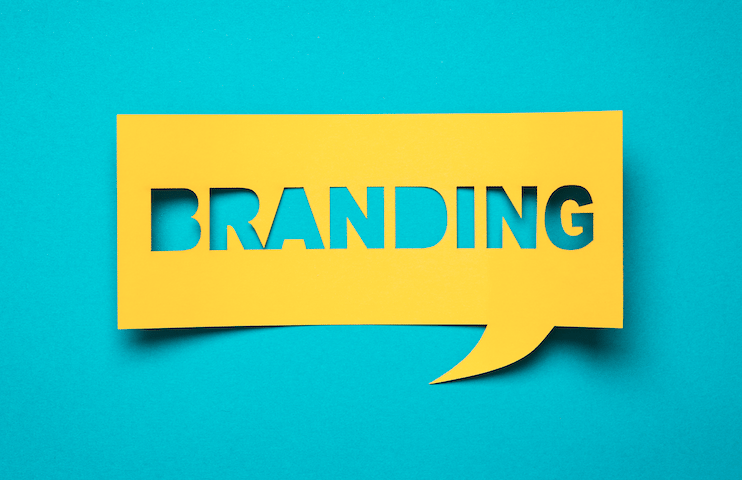Over the past few years, the television industry has grappled with diminishing ad revenue in an increasingly diversified media landscape. Choices amongst platforms means that funding has been spread over more than network and cable, to now include OTT/SVOD platforms and a myriad of digital and social media platforms. Upfronts now have to compete with digital NewFronts, influencers and unique events for attention when it comes to branding.
Many see this as a doom and gloom scenario, the “death” of media because of lessening funding streams. But truthfully, this isn’t a new trend. When radio morphed into TV in the 1940s and 50s, there were those who lamented the end of revenue streams and the death of quality content. But as we all know, that demise never happened.
What did happen is that advertisers found unique ways to translate what they’d created for radio into content that satisfied their brands. They realized that visual media allowed them to parlay radio serials into brand-promoted series with real “buy in” by their customers. Look no further than my favorite series of all time, “I Love Lucy,” for a perfect example of what I’m talking about. That iconic sitcom was sponsored (and integrated) by Philip Morris Cigarettes, Procter & Gamble’s Cheer Detergent and Lilt Home Permanent as organic items in the lives of the Ricardo family. Today, times have changed. Cigarette companies would have a hard time sponsoring content today on linear, but with a myriad of options, don’t rule out a Philip Morris’ sponsored series on other platforms.
But what started as organic and/or “presented by” brands quickly fell into what we call commercial advertising spots, and branded content got a bad rap for many years, primarily because it became pay-to-play product placement. The ubiquitous Coke cup on the “American Idol” set, or the self-serving car brand seemingly out of nowhere on a cable show was (and still is) for many, inauthentic. Everyone pitched brand integration but few did or do it well.
2017: the year of the brand
Everything old is new again. Every media platform is (again) seeing the value of brand involvement. And most importantly, there are those amongst us who realize that true brand value has to be organic to the platform, to the influencer and to the audience. We can all sniff out inauthenticity. We all realize when a product is placed for exposure, and when that is done, it backfires.
The very best integrations and concepts are those that do not feel forced and do not patronize their audience. Once Lucy washed clothes with Cheer until bubbles came out of the machine and it was hysterical, because you felt she was being true to herself and was supporting her audience expectations. The brand wasn’t on a pedestal separated from the interaction, it was front and center. Look at Red Bull, at Sonos integration into a recent Band of Horses video, or look at what Marriott is doing within multiple platforms with influencers and you see how media can do it correctly. Focusing on each campaign as a unique opportunity for storytelling, and focusing on each platform as a unique voice. Focusing on authenticity. This is the formula for branding success in 2017 and beyond.
Also on StartupNation.com: Build a Strong Brand Identity
Traditional agencies will no longer control branding
I predict that most B2C Fortune 1000 brands will have some sort of ideation arm in the next five years.
Pepsi Co. recently launched its studio and I know of five other large brands on the cusp of launching their own internal studios. CAA, UTA and other talent agencies have created studios because they realize that media-centered brand development will be more important for their clients than ad agency-based brand development (in the media world). SVOD and networks are building creative studios to support organic engagement with brands. All of this is smart, because brands know that their DNA is critical in creating media. They realize that integration with their core is more important in determining successful outcome than just agreeing to be part of another show, so the idea of “product placement” or trying to fit Brand “x” into a hole rather than building around it is no longer en vogue.
Each and every one of us in media has a massive opportunity because of the “I Love Lucy”-effect. Organic brand involvement makes sense and gives a power and backing to make insanely cool product that has never been seen before. Risks can be taken when they make sense for branding, and brands will accept not being the “star” of the content if they feel that they can leverage the involvement and see return. Opportunities for new ways to tell stories exist, but only if we are willing to embrace authenticity will we garner brand attention.
Most of us didn’t live through the live “I Love Lucy” episodes, but as I said, what’s old is new again.
_______________________________
Patrick Jager is the CEO of CORE Innovation Group – expert strategy and implementation in media, communications and business development.








